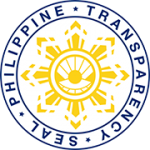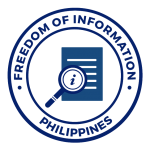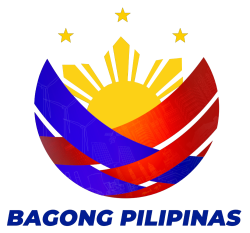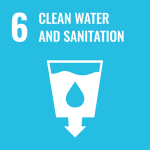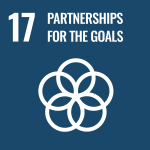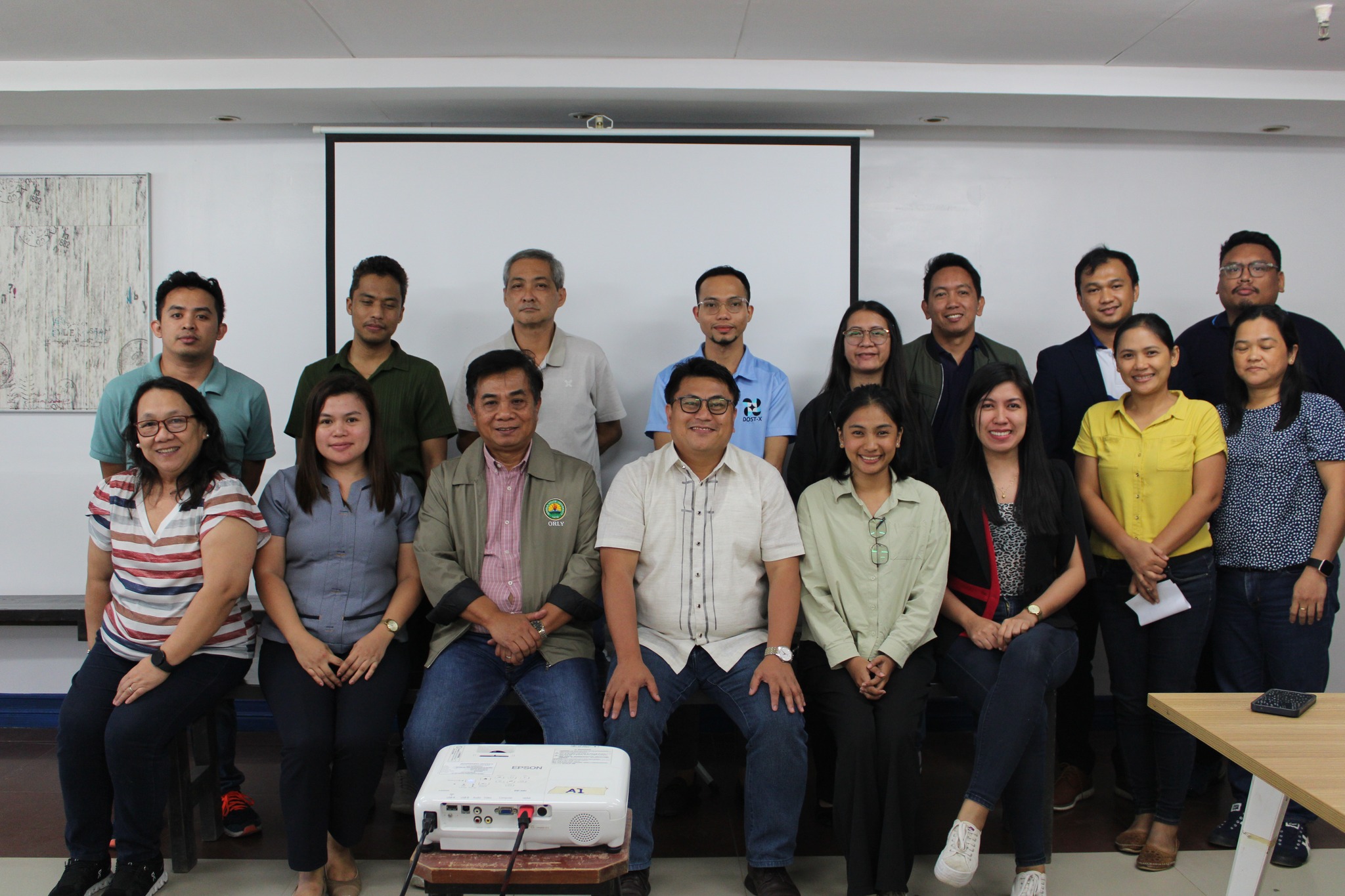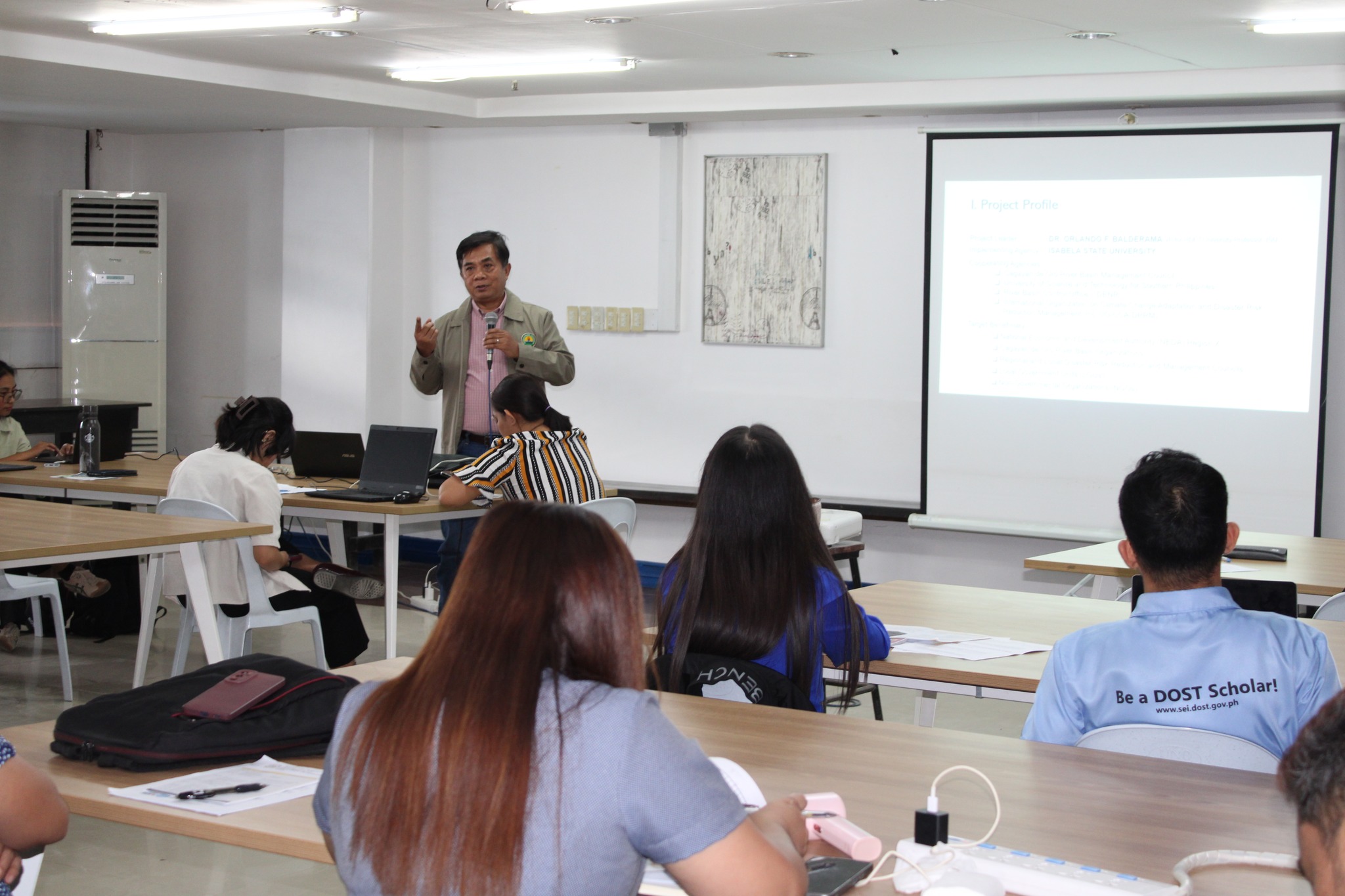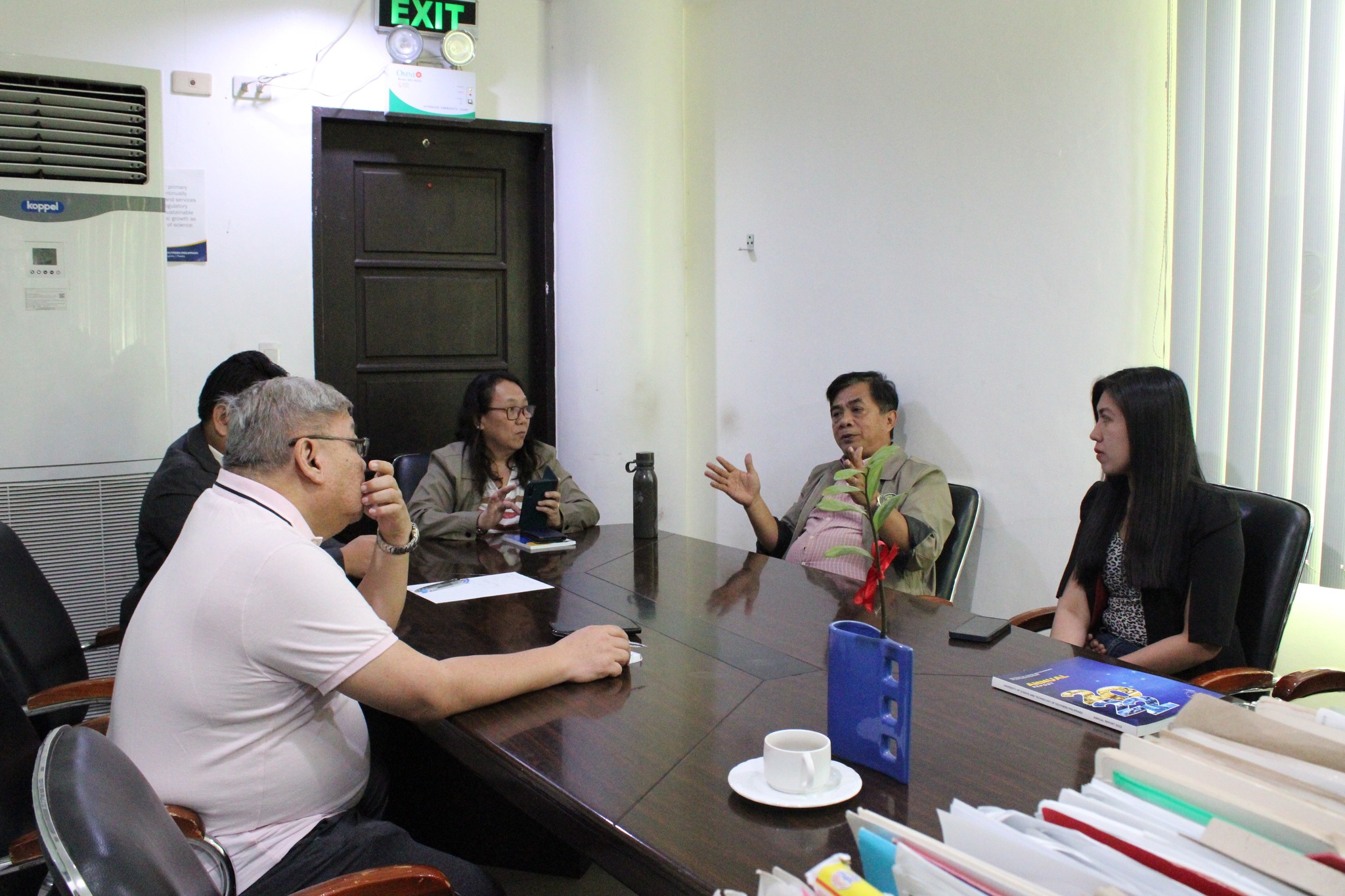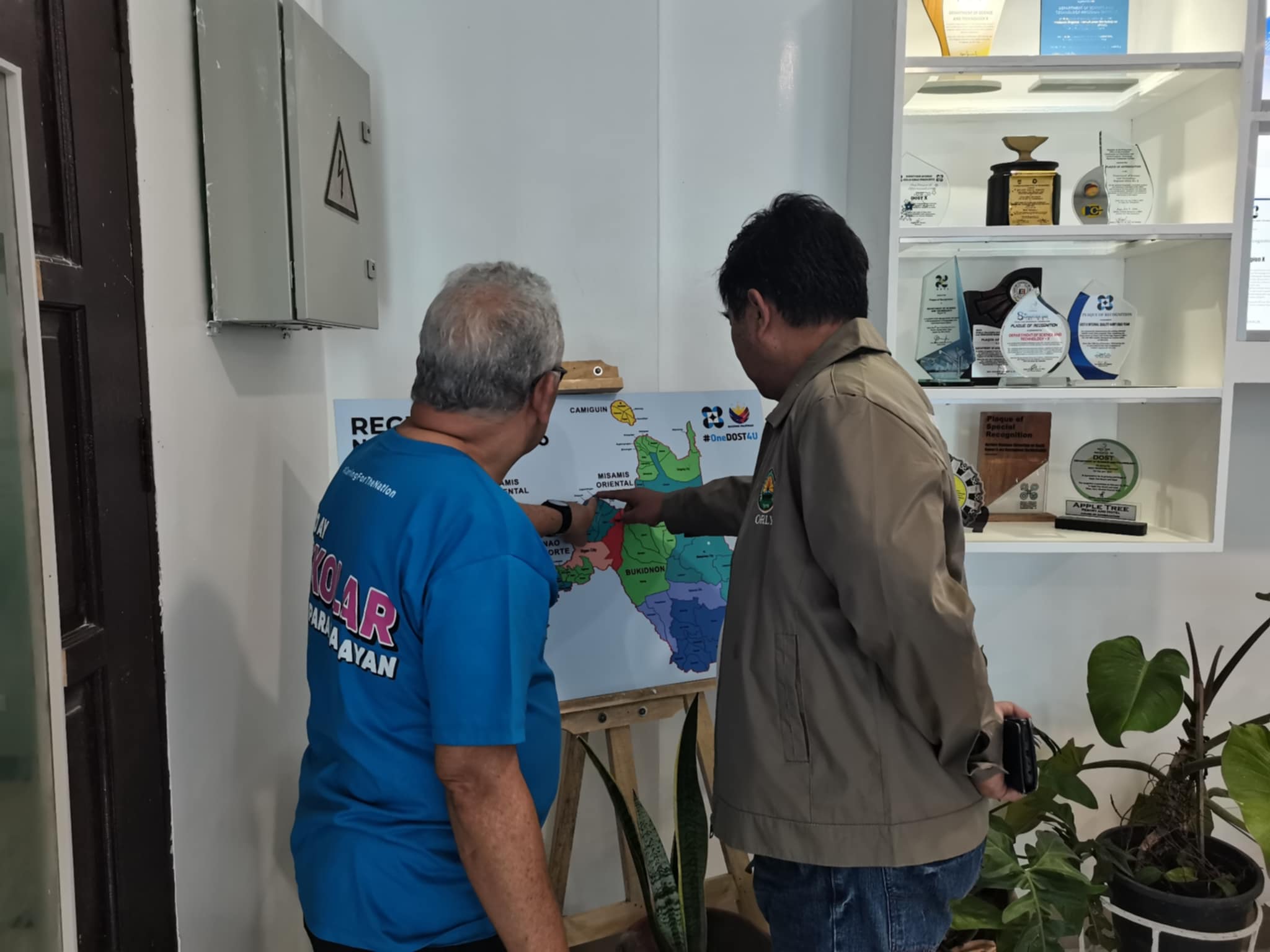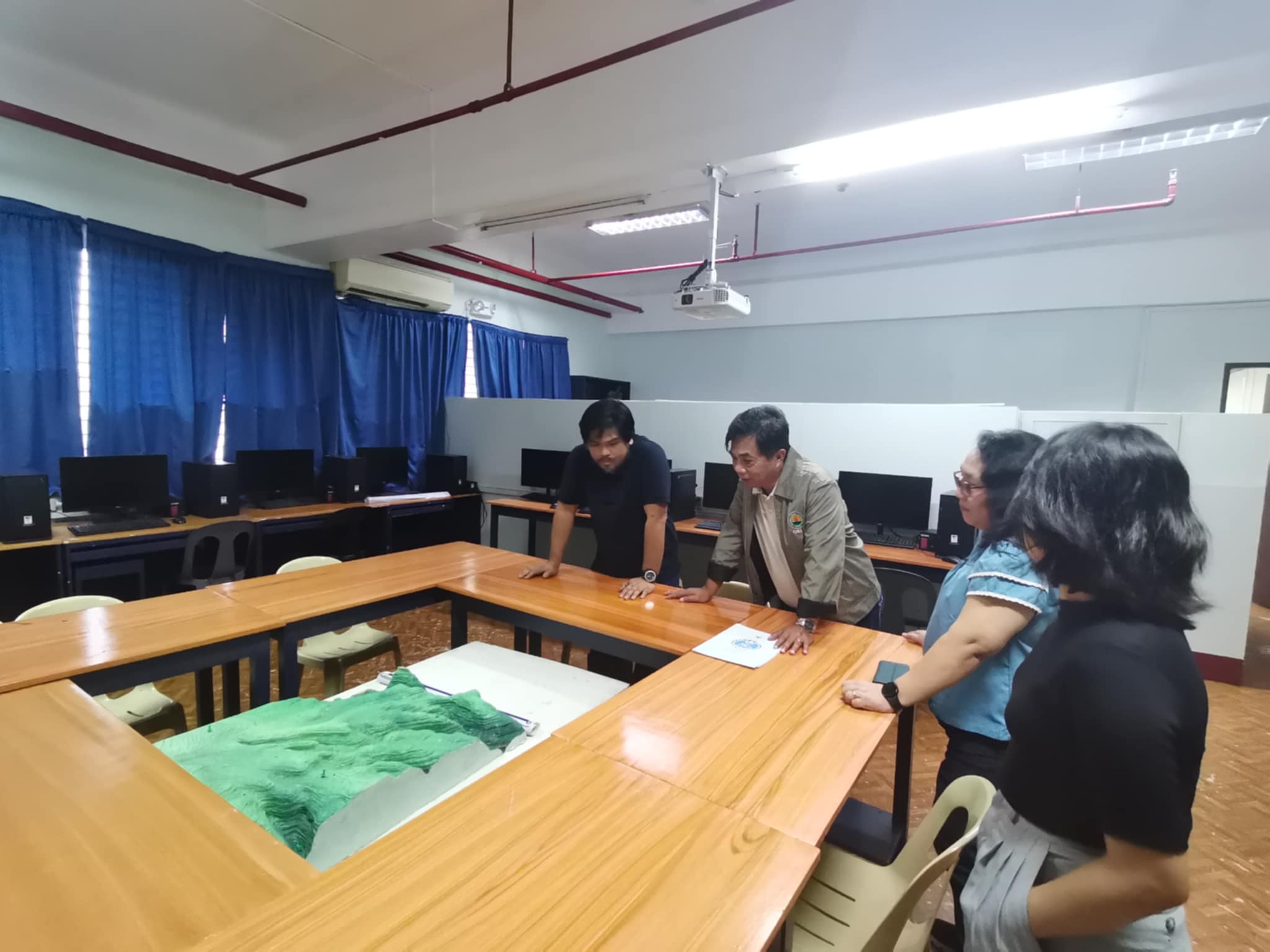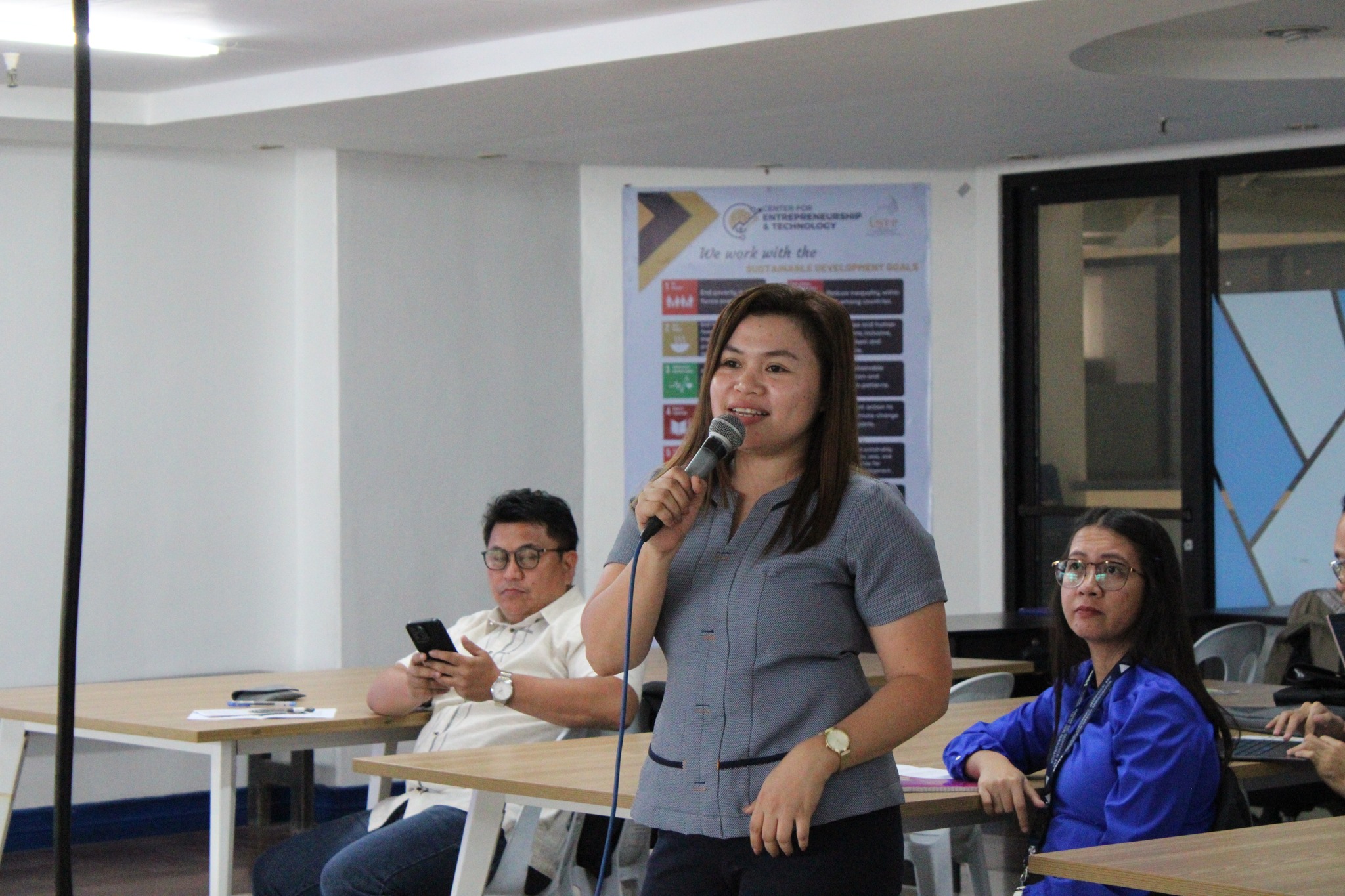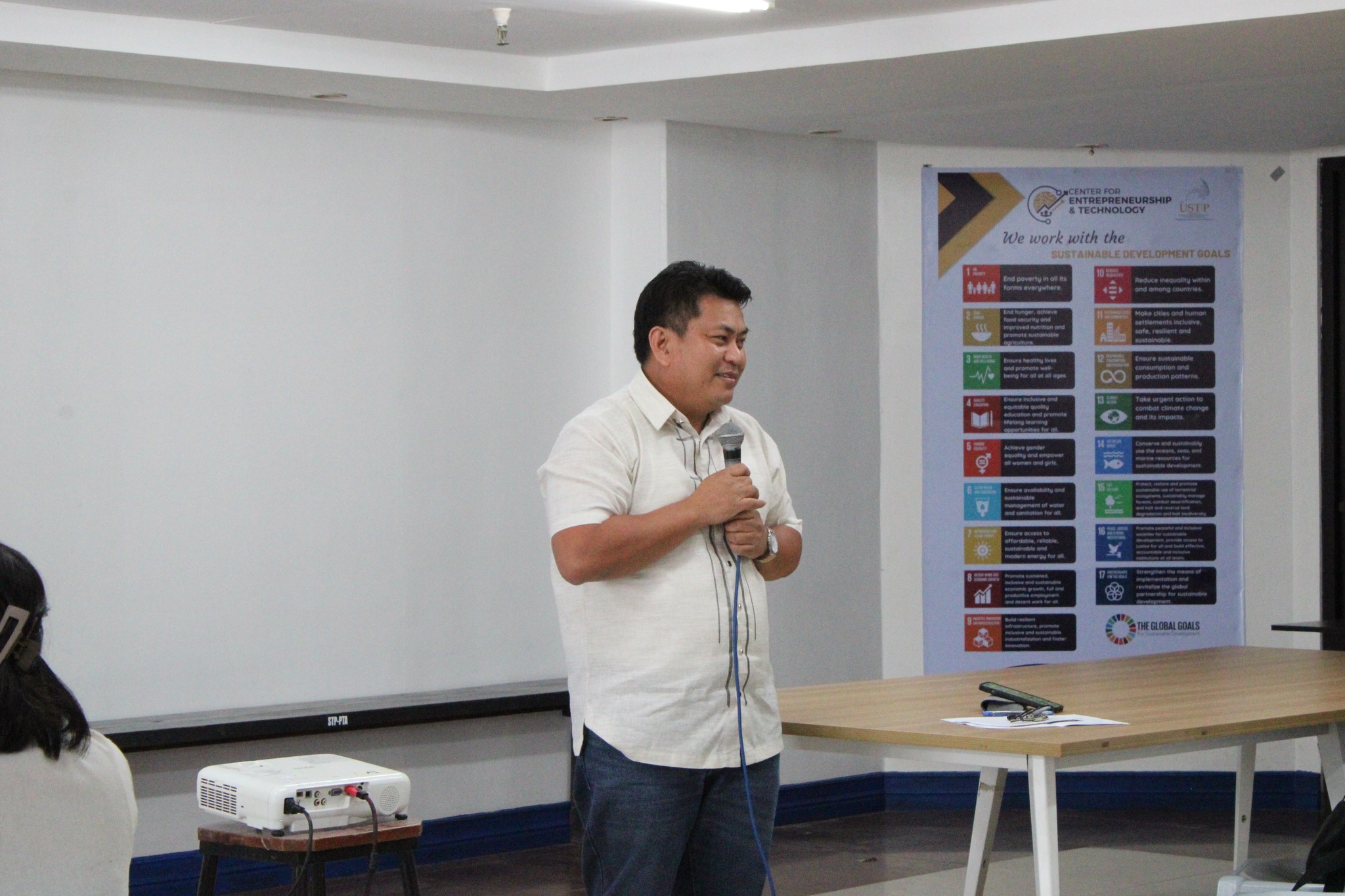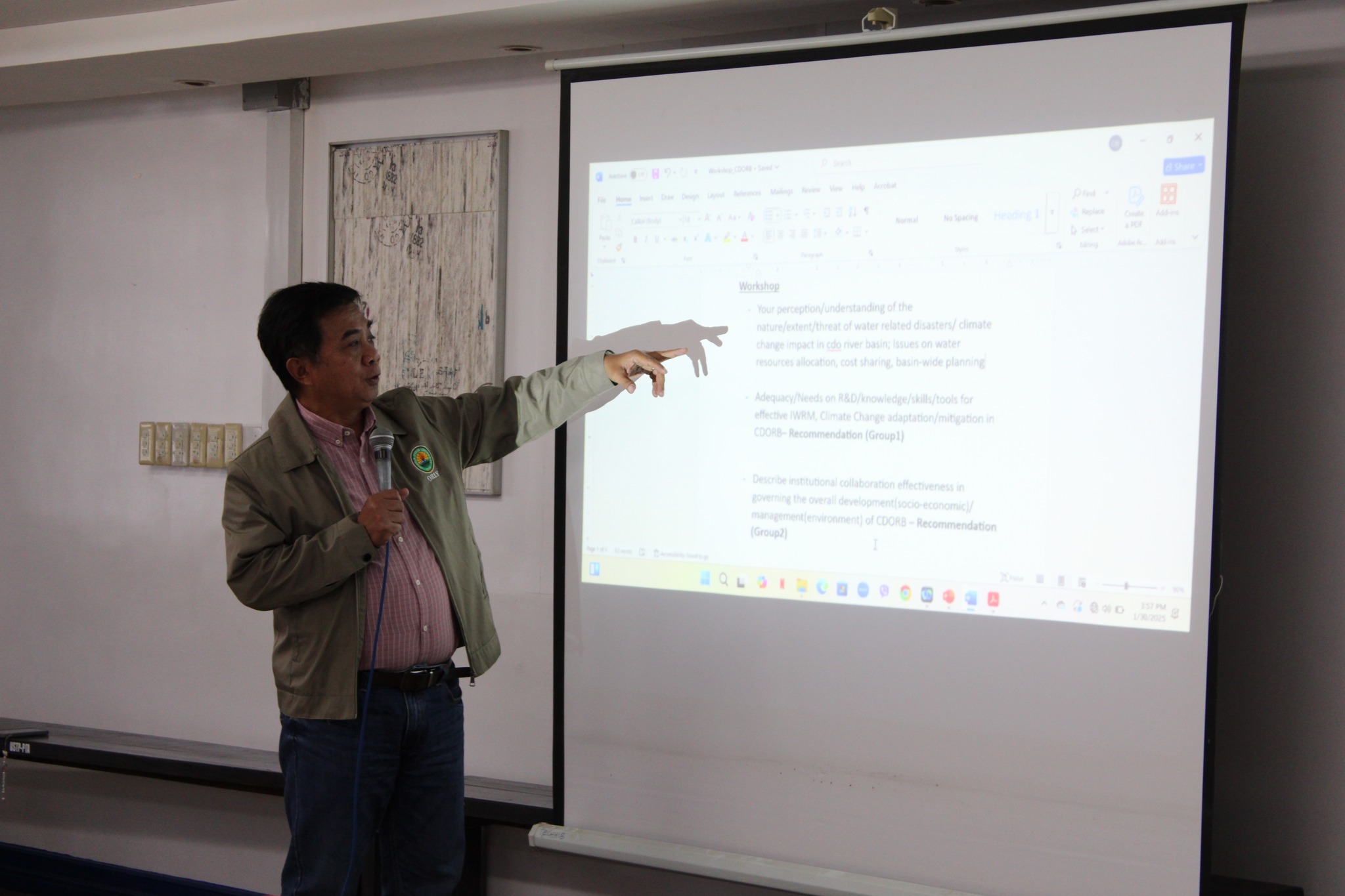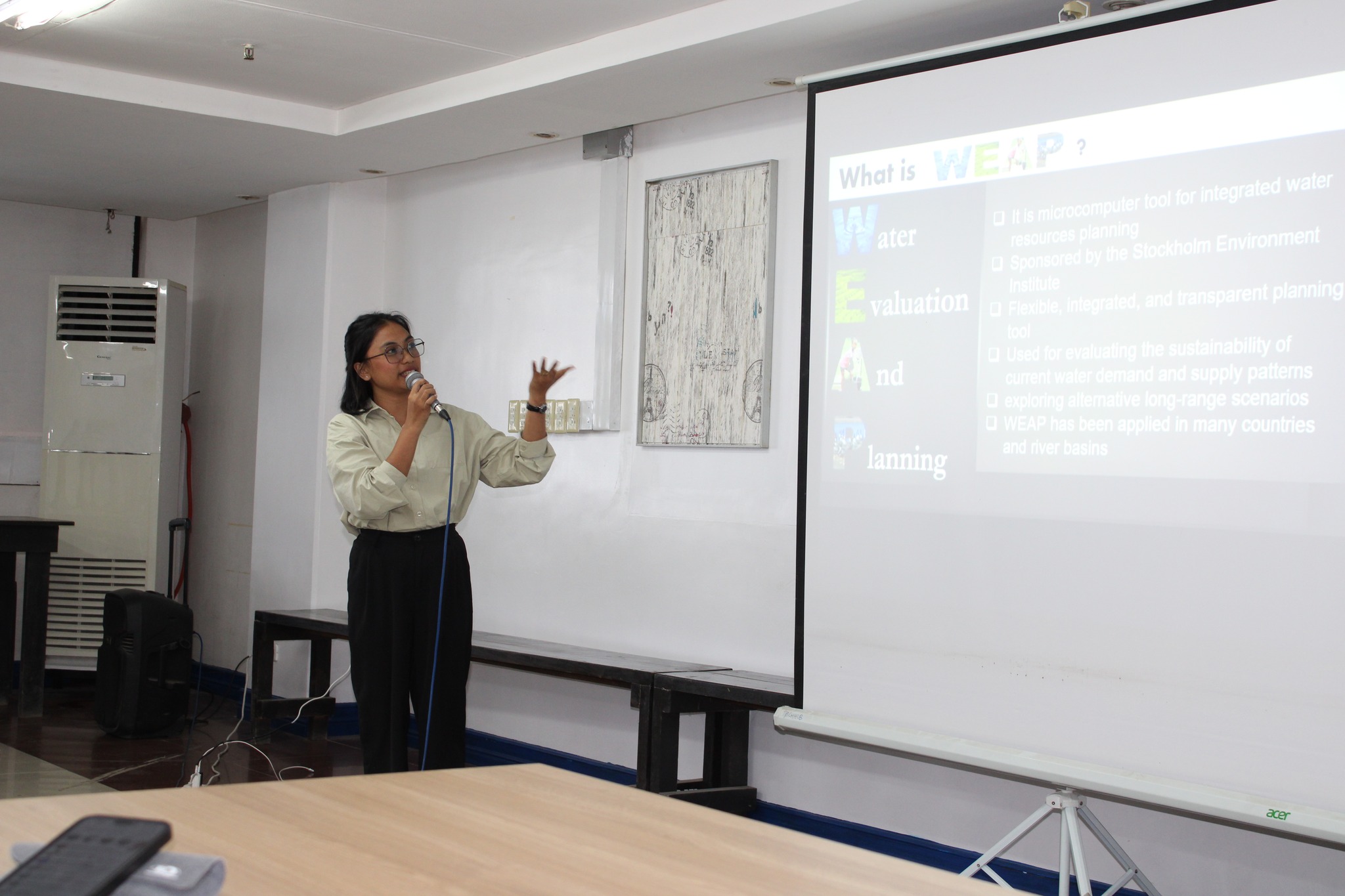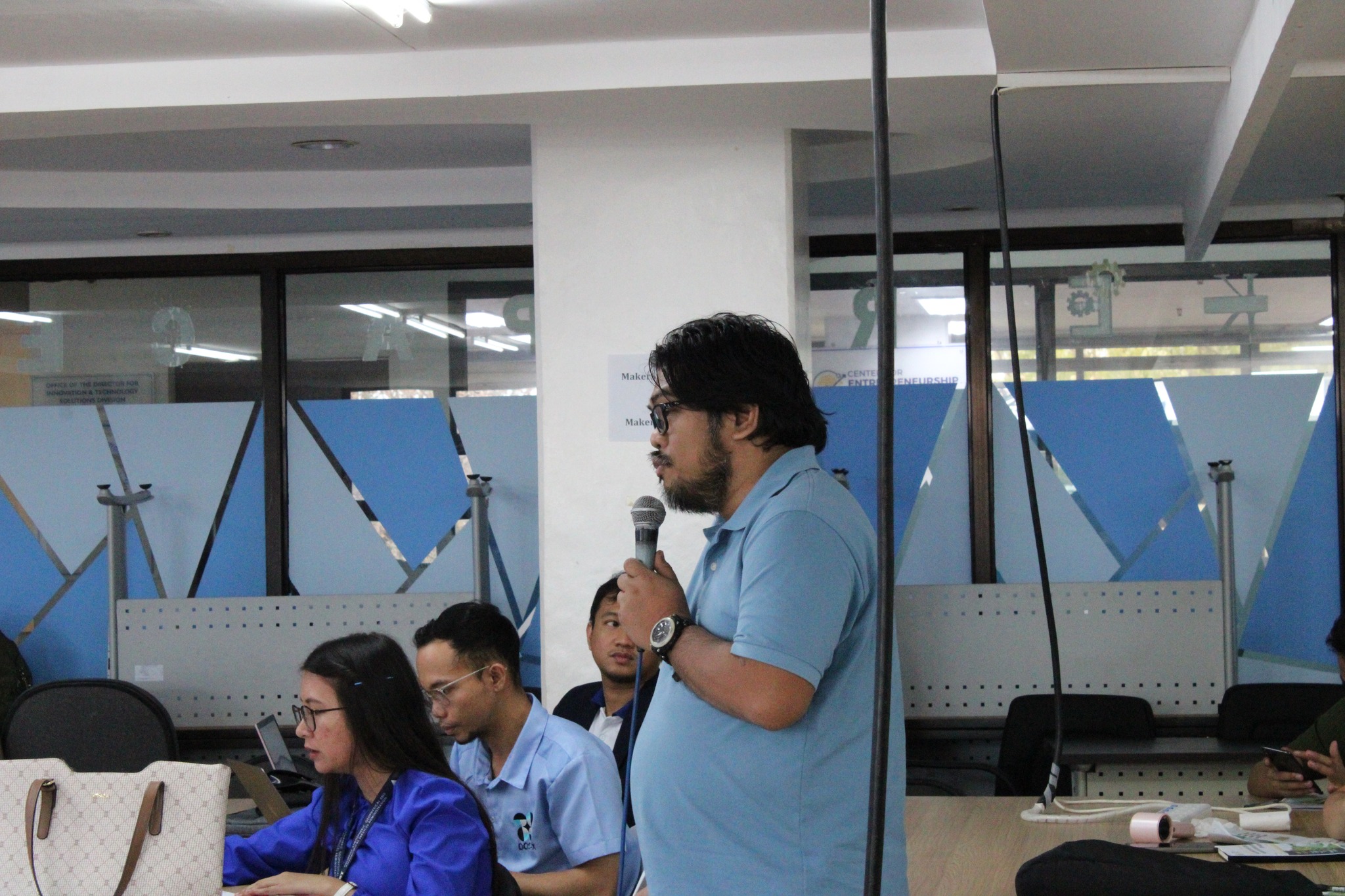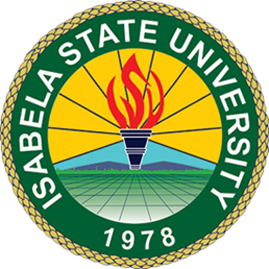
Images credits: River Basins for Sustainable Development
The R&D endeavors of Isabela State University (ISU), as pioneering water-related initiatives in the Northern Luzon region, are continuously gaining recognition in the Philippines, thereby serving as gateways for more collaborative research ventures with other State Universities and Colleges and River Basin Management Councils. Through the leadership and strategic actions of Prof. Ricmar P. Aquino, University President, and the research grants and initiatives led by Prof. Orlando F. Balderama, Vice President for Research and Development, Extension and Training, the University conducted a Stakeholders’ Forum on the Development of a Water Security Framework in the Cagayan de Oro River Basin on January 30-31, 2025, at the University of Science and Technology of Southern Philippines (USTP), Cagayan de Oro Campus.
The innovative approaches and technologies developed by the University have become valuable models for other river basins in the country; thus, it has continuously expanded its partnerships to share these scientific advancements. The aforementioned stakeholders’ forum provided a platform to discuss challenges, share insights on water security issues and climate adaptation strategies, collaborate on sustainable solutions, and enhance awareness of the WEAP model as a decision-support tool for water resource planning. Initially, participants from the Cagayan de Oro City Local Government Unit, Regional Government Agencies, academic and research institutions, CDO City Water District, and non-governmental organizations were acknowledged through an interactive exchange of information explicitly highlighting the role of their agency in Integrated Water Resources Management (IWRM) in Cagayan de Oro River Basin Management.
Essentially, Prof. Apolinario B. Gonzaga Jr., USTP Vice President for Research and Innovation, delivered his welcome remarks and emphasized the need to undertake planning relative to community health amidst constant social pressure and the presence of commercial establishments. On the other hand, Prof. Balderama, presented an Overview of the Project on the Development of a Water Security Framework in the Cagayan de Oro River Basin: Assessing Climate, Land Use, and Socio-Economic Impacts on Water Resources Using the WEAP Model. Specifically, he highlighted the background of the ISU-USTP partnership, the significance of the stakeholders’ forum, and the ISU-Kyoto University R&D explorations on dam management. He also discussed the project profile, rationale, objectives, expected outputs, research methodology, work plan or timeline, and data requirements. Moreover, he updated the participants on the 2nd International Symposium on Integrated Flood and Sediment Management in River Basin for Sustainable Development (FSMART) 2025 and the 3rd International Conference on Climate Change Adaptation and Disaster Risk Reduction Management, particularly regarding the venue and setup for the events.
Afterward, Engr. Czarimah S. Valdez elaborated on the topic WEAP Model: A Tool for Water Resource Planning. She described the functions of WEAP, its applications, structure, and framework; provided an example of a comprehensive WEAP system scheme and a simulation of future scenarios; and showed a video-recorded WEAP interface overview. Additionally, Forester Analie L. Uayan, Chief of PFMS and Permanent River Basin Focal of the Cagayan de Oro River Basin Management Council (CDORBMC), presented the topic Sustainable Watershed Management: The Case of Cagayan de Oro River Watershed/River Basin. She elucidated the river basin profile, significant milestones of the CDORBMC, and the issues and challenges encountered, interventions implemented, and recommendations made by the Council. Likewise, she emphasized salient chapters of the National Economic and Development Authority Regional Development Plan (2023-2028) which are relevant to the Council’s mandate, as well as resolutions from the Northern Mindanao Integrated Water Security Summit to align the Council’s efforts with the project’s targets and outcomes.
Following this, a workshop or breakout session was facilitated by Prof. Balderama to capture the participants’ perceptions and understanding of water-related disasters, R&D knowledge and skills for effective IWRM practices, and institutional collaboration effectiveness. Then, an open forum was held, where stakeholders raised concerns about water sources and projections, water quality issues, the water development plan, water losses, and policy implementation. Likewise, the participants expressed their hope that the outcomes of ISU’s R&D project on water security framework would be integrated into the CDORBMC Master Plan. Prof. Gonzaga concluded the forum by expressing his gratitude to the attendees for their active participation. He also hoped they appreciated the significance of hydrological models and would join the upcoming intensive WEAP training to be conducted by the ISU-RDET team.
Furthermore, the ISU-RDET team gathered relevant data for the project through a focus group discussion (FGD) with various stakeholders on January 31, 2025, in different research sites. Engr. Mark Alexis Sabines, Director of Masterson Food and Agricultural Development at Xavier University, shared stories about Typhoon Sendong and explained his experiences in hydrologic and watershed modeling. On the other hand, Forester Uayan, Focal Person of the Department of Environment and Natural Resources – Region 10 River Basin Management Office, conveyed challenges encountered during disaster pre-assessment and deliberated on problems and the new scheme of FSMART 2025, as their agency remains committed to supporting the international symposium. Meanwhile, Mr. Virgilio M. Fuentes, Chief SRS of the Technical Services Division of the Department of Science and Technology Region 10, discussed FSMART’s significance, particularly the water resources master plan as part of the new symposium scheme, along with the target audience and capacity development as key deliverables of the research project.
As a leading research university, ISU constantly creates avenues to position itself as a service provider to various communities and a trailblazer of cutting-edge technologies for countryside development.
Images credits: River Basins for Sustainable Development

